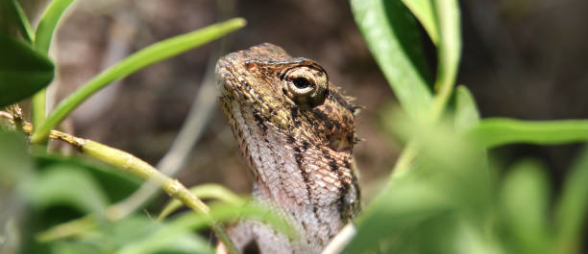Body temperature and stress adaptation in ectotherms
Survival in the wild requires quick adaptation to stressful events. Activation of the hypothalamic-pituitary-adrenal (HPA) axis and short-term elevation of glucocorticoid hormones help animals deal with stress and maintain homeostasis. Measurement of plasma glucocorticoids, such as corticosterone or cortisol, are often used to assess this stress.
Body temperature plays a key role in the physiological and behavioral adaptation to stress in ectotherms like reptiles. A recent study by Racic et al. in Nature Scientific Reports investigated the role of temperature in HPA function and the stress response in eastern fence lizards. The authors acclimated lizards to different temperatures and measured plasma corticosterone at baseline and after exposure to a standardized stressor (cloth bag) using a Corticosterone ELISA Kit from Arbor Assays. Stressed lizards exposed to higher temperatures (29ºC) showed a robust increase in plasma corticosterone concentrations compared to those exposed to lower temperatures (22ºC). The results suggest body temperature can significantly affect plasma corticosterone concentrations in reptiles, and it is advisable to account for the potential confounding effects of temperature when interpreting plasma corticosterone concentrations in ectotherms such as the eastern fence lizard.
OUR DetectX® CORTICOSTERONE ELISA KIT (K014-H1/H5)
- Multi-format kit allows for measurement of Corticosterone in as little as 2 μL
- Validated in serum, plasma, saliva, urine, fecal extracts, and tissue culture media across a variety of species
- Enough reagents for 37 or 229 samples in duplicate
- Sensitivity of 20.9 pg/mL in 50 μL format and 17.5 pg/mL in 100 μL format
- Cited in over 300 publications
